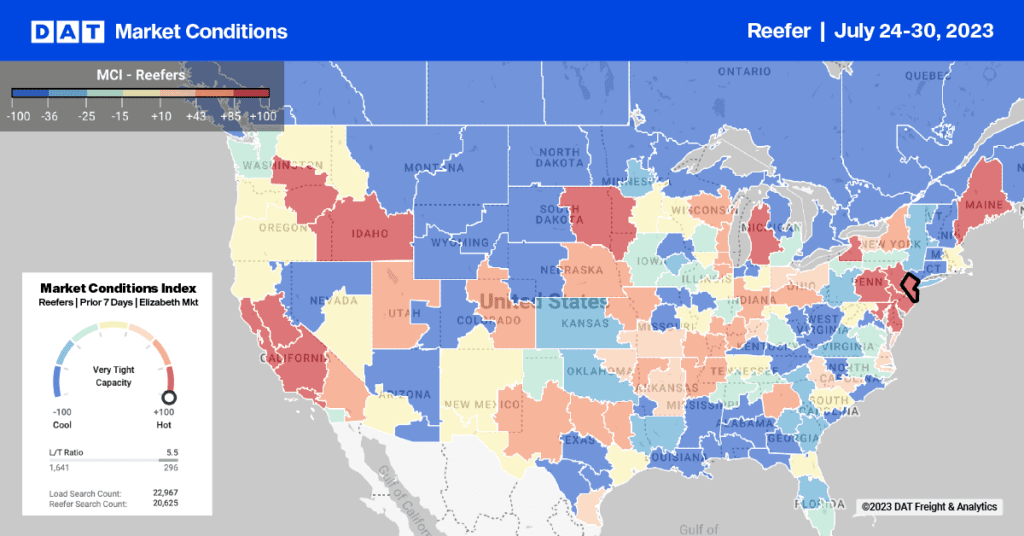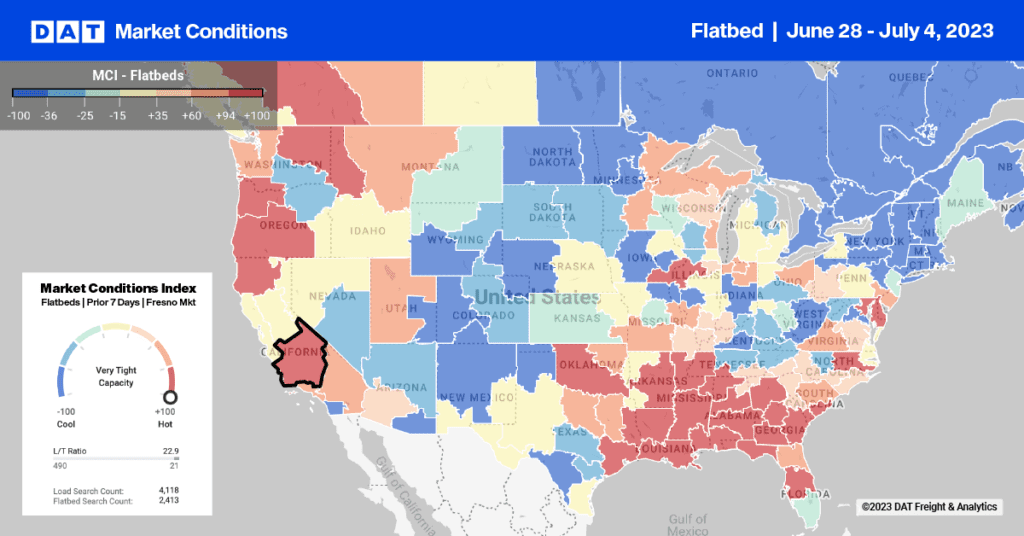An independent evaluation by University of Michigan Transportation Research Institute (UMTRI) found that the CSA Safety Measurement System (SMS) met its goals in three main areas:
1. The SMS identified unsafe carriers more effectively than SafeStat.
2. CSA interventions — particularly the warning letter— encouraged carriers to improve.
3. Three times as many carriers were inspected under CSA compared to SafeStat.
The UMTRI report also provided new insight into some aspects of CSA, such as the FMCSA’s decision to withhold information from the public about the Crash Indicator BASIC scores.
States are required to report to FMCSA when trucks and buses are involved in a fatal accident, as well as any accident that requires an ambulance or towing services. This information forms the basis for the Crash file, a component of the Crash BASIC score calculations in CSA. Other components of the Crash BASIC include census data and the results of roadside inspections.
Because reporting procedures vary from state to state, UMTRI found that “incomplete crash reporting affects the accuracy of the Crash Indicator BASIC.” In explaining how, the report states, “…some high-risk carriers might not be identified. For example, carriers in [some] states…might not be identified by the Crash Indicator BASIC. That would tend to penalize carriers in states that do a good job of reporting.”
The FMCSA is expected to issue rules regarding the use of the CSA SMS as the basis for a new Safety Fitness Determination (SFD), which will ultimately gauge whether a carrier is conditional or unfit to operate. At that point, carriers will be barred from operation due to poor CSA performance, and anyone who hires carriers will rely on the SFD as a key component of their due diligence.
Today’s treatment of the Crash files provides valuable insight into FMCSA’s decision-making processes, in advance of the critical rulemaking stage.
Sample of BASIC Threshold data comparisons, from UMTRI report:

Carriers who exceeded the safety “threshold” score for a given BASIC were more likely to be involved in a crash than other carriers, in this sample of the CSA evaluation report released by University of Michigan Transportation Research Institute (UMTRI.) Despite differences in enforcement by each state tested, UMTRI determined that the CSA has been effective in identifying unsafe carriers and encouraging them to improve their safety records. Crash rates were calculated over an 18-month span, for 473,847 active carriers according to their BASIC percentile scores determined during February 2008.


